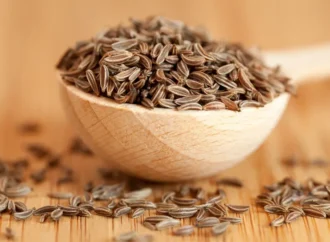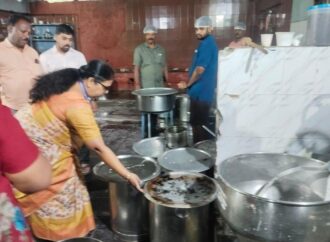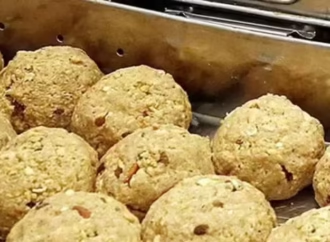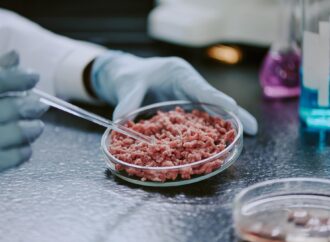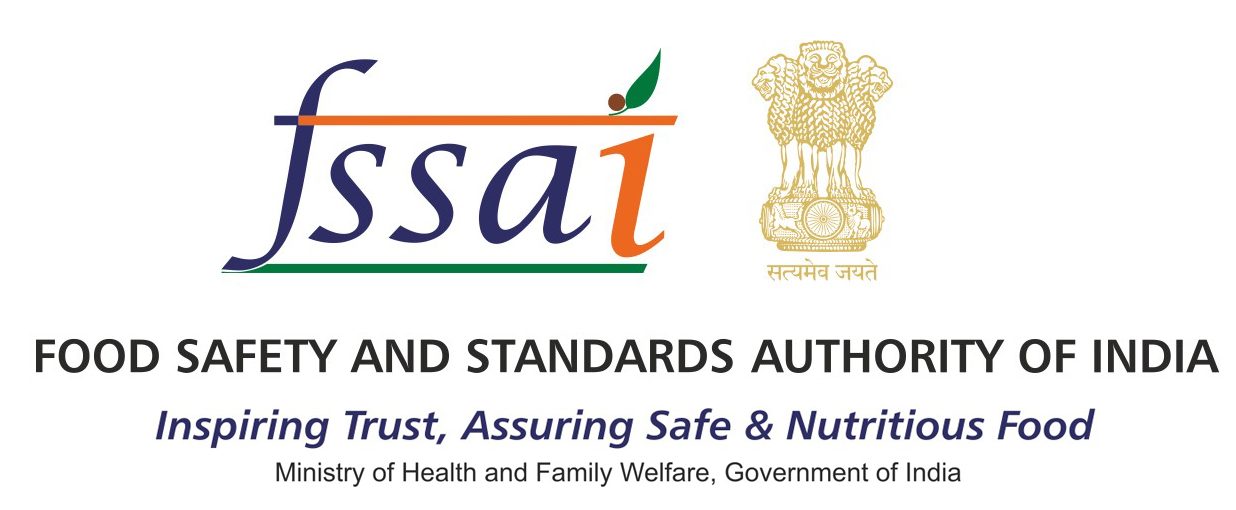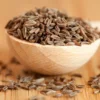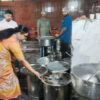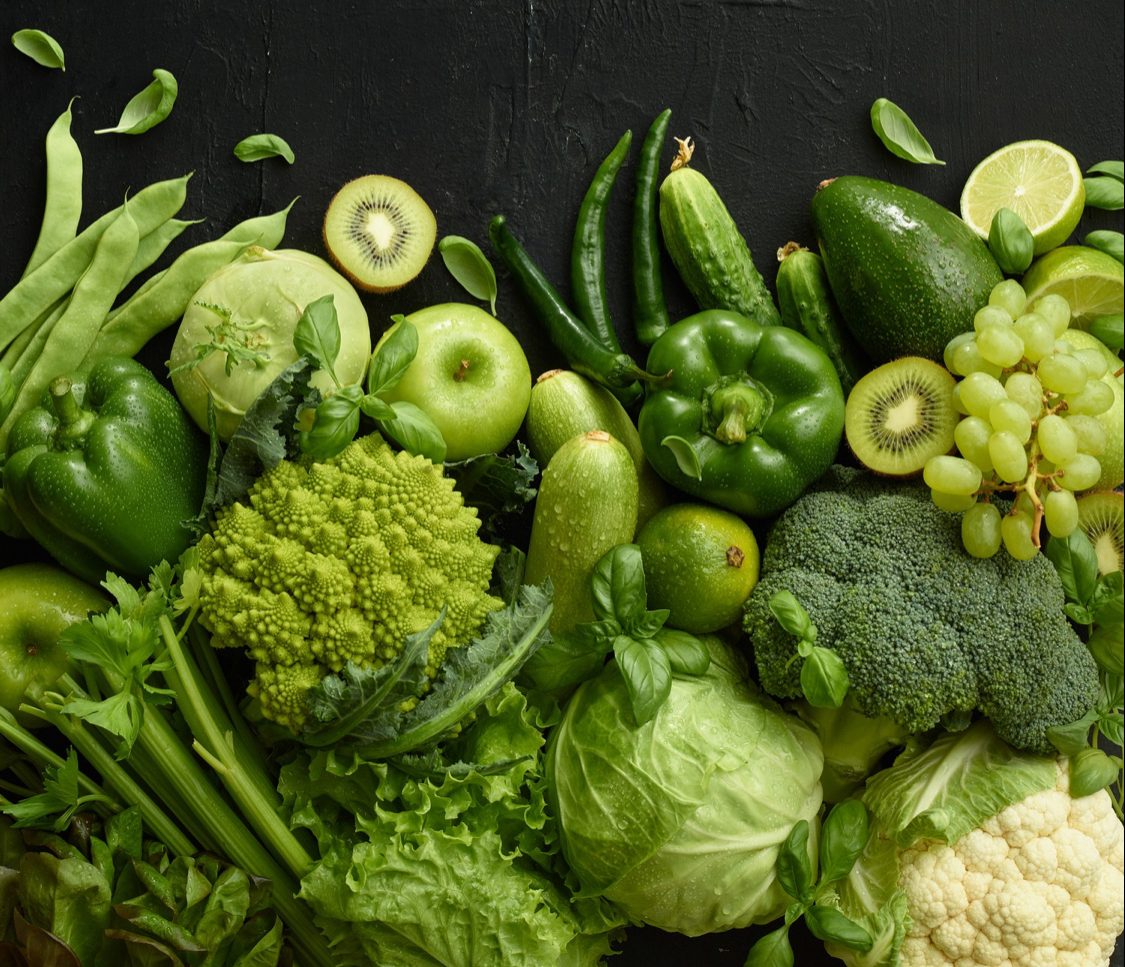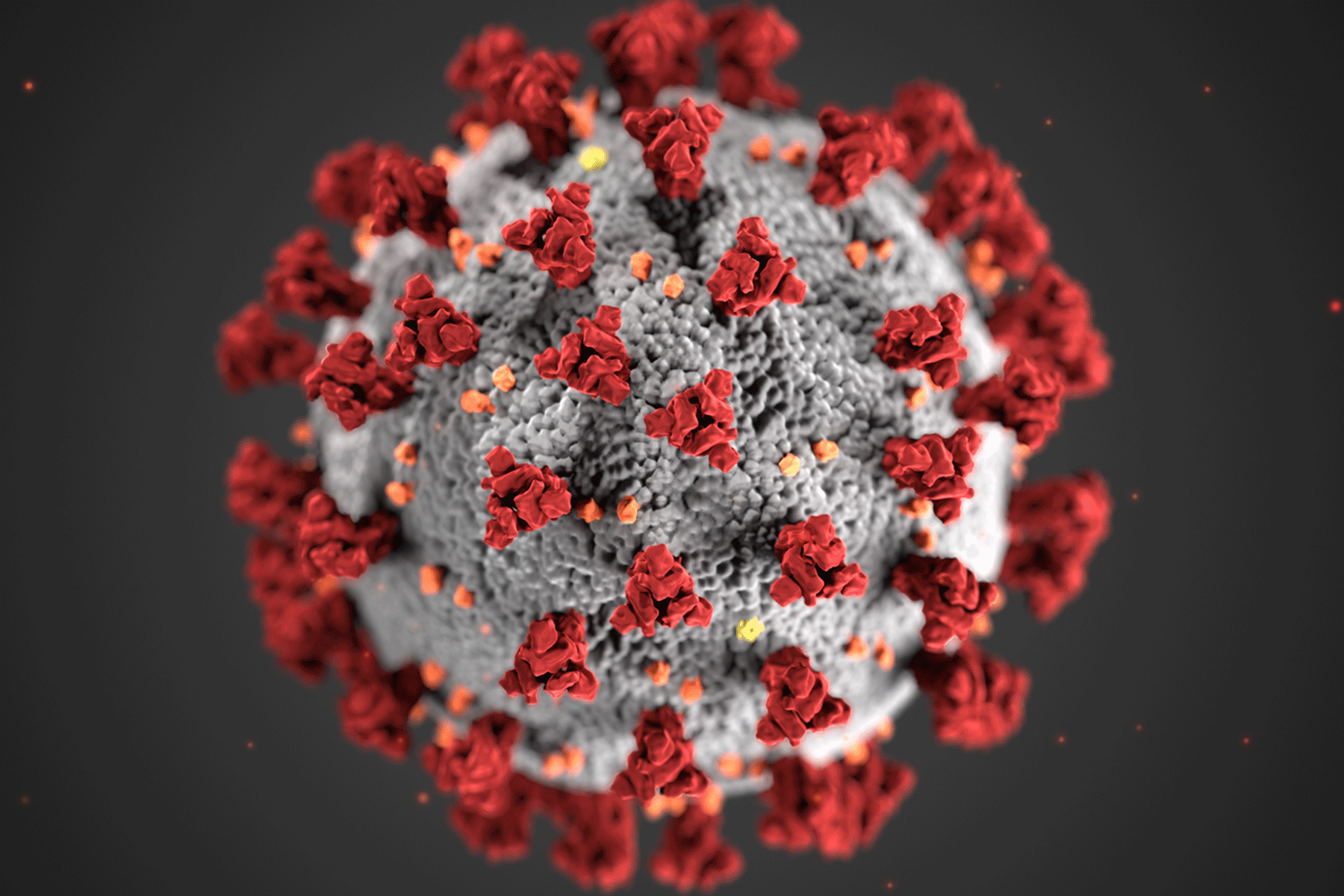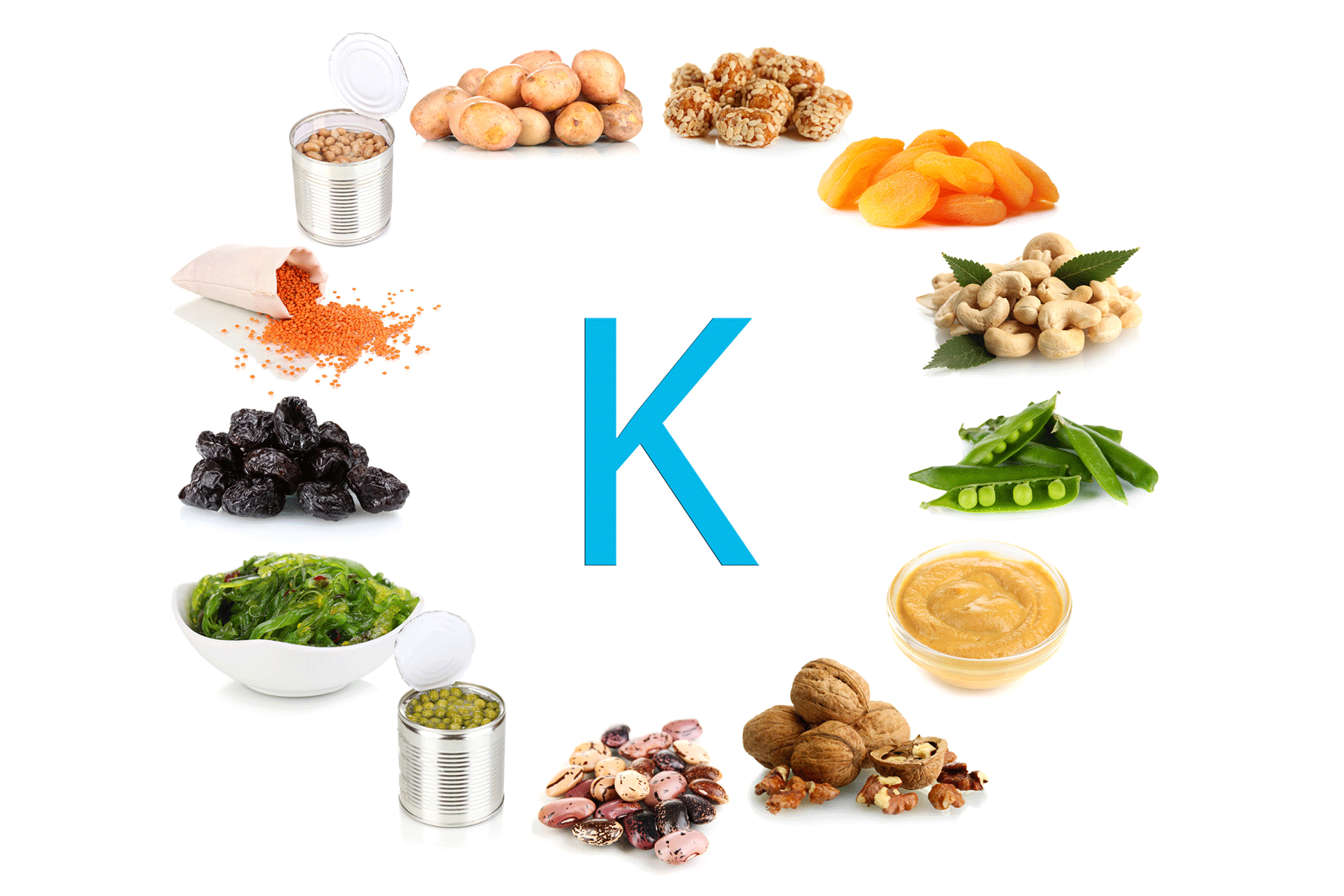Key Update
The Indian Council for Medical Research (ICMR) highlights that cooking improves the digestibility of most foods. Cooking softens food, makes it easier to chew, and enhances appearance, taste, flavour, and texture, which increases acceptability. The National Institute of Nutrition (NIN), Hyderabad, under ICMR, stresses the importance of using proper pre-cooking and cooking methods at home. Pre-cooking steps—such as washing, cutting, grinding, fermenting, and germinating—support cooking efficiency and help retain nutrients when done correctly. However, these steps should be controlled to avoid nutrient loss.
Common Cooking Methods Recommended by ICMR
Open vs. Closed Lid Cooking
Open-lid cooking takes longer and exposes food to air, which speeds up nutrient loss. Closed-lid cooking reduces cooking time and helps retain nutrients better.
Boiling and Pressure Cooking
ICMR recommends boiling and pressure cooking for pulses. These methods destroy anti-nutritional factors, improve digestibility, and increase protein availability.
Steaming
Steaming keeps food in contact only with steam, not water. It helps preserve antioxidants and polyphenols in vegetables and greens, making it one of the healthiest cooking techniques.
Frying
Frying at high temperatures alters proteins and vitamins. Frequent frying increases fat and oil intake, raising risks of heart disease, stroke, and diabetes. ICMR advises against reusing fried oils or mixing used oils with fresh ones.
Shallow Frying
Compared to deep frying, shallow frying causes greater nutrient loss. Exposure to oxygen and high temperatures degrades fats and oils more quickly.
Stir-Frying
Stir-frying seals nutrients through rapid cooking and is better than cooking in liquid. However, heat-sensitive vitamins still degrade during the process.
Microwave Cooking
Microwave cooking has minimal impact on proteins, lipids, vitamins, and minerals. ICMR advises using glass or ceramic microwave-safe containers instead of plastic.
Roasting
Roasting at a constant oven temperature of around 150°C reduces cooking losses compared to sudden high heat.
Slow Cooking
Slow cooking breaks down cell walls in vegetables, releasing antioxidants and making them more available to the body.
Air Frying
Air frying mimics deep frying but uses much less oil. It lowers oil absorption, reduces calorie intake, and can help lower risks of obesity and weight gain.
Source: The Times of India
 Food Manifest
Food Manifest 
